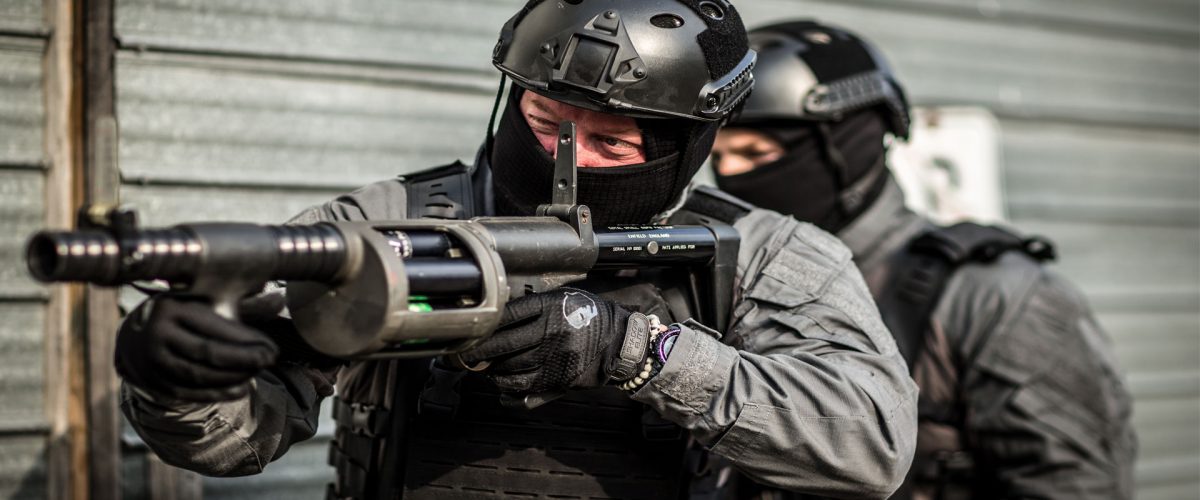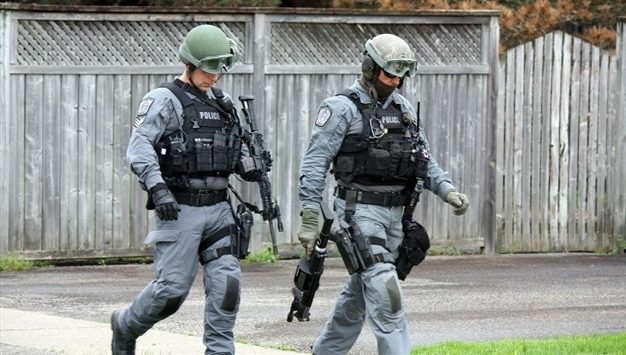According to the State of Policy in Law Enforcement 2018 Report, 80 percent of the 246 law enforcement professionals surveyed reported an increased need for training within their organization.[1] This need for increased training comes at a time of intense public scrutiny of policing practices and widespread calls for reform in the way that officers are trained. A recent article posted by the Harvard Kennedy School Institute of Politics captures the sentiment of many when it states that “Currently, training focuses too much on firearm skills and omits vital exposure to non-lethal weapons and conflict management.” [2]
Police departments must understandably go to great lengths to ensure that officers maintain a high level of proficiency with their firearms, but the absolute necessity of these programs in no way diminishes the need for them to also institute equally comprehensive less lethal training programs.
The National Consensus Policy and Discussion Paper on use of Force defines Less Lethal Force as “any use of force other than that which is considered deadly force that involves physical effort to control, restrain, or overcome the resistance of another.” [3] This definition encompasses such a wide variety of use of force options and strategies that the need for a well thought out less lethal program, and the training to support it, becomes obvious.
A proper less lethal program should incorporate a variety of options for ‘overcoming the resistance of another”, including less lethal weapons, effective de-escalation strategies, and good communication techniques, all of which will require an integrated training program so that they enhance each other and lead to positive outcomes in life threatening situations.
A good example of this multi layered approach took place in October of 2018 when members of the York Regional Police successfully employed a less lethal response to save the life of “an unstable, potentially violent woman who was armed with a dangerous weapon, and who had made clear her intentions to force a violent confrontation with police in order to end her own life.”[4] The Special Investigations Unit Director’s Report on the matter stated that “all of the officers who interacted with the Complainant, exhibited calm, patience, and professionalism, and that no more than the minimal force required was used to contain and disarm the Complainant, before anyone came to harm.”[5]

The report makes note of the responding officer’s use of de-escalation tactics designed to make a violent encounter less likely, and the use of an ARWEN launcher to safely end the potentially lethal situation from a distance where other less lethal options on scene such as pepper spray or a Taser would be ineffective. The report also highlights the ability of the officers involved to articulate their actions within the framework of a less lethal response, and the overall result is that despite serious injury to the woman involved (transverse fractures to the right patella), the actions of the Police are understood to be clearly defendable and in fact, praiseworthy.
It is likely that Police departments will increasingly be called upon to explain their actions within the community, and to defend both the time and resources they expend in obtaining the training that is forming the basis for those actions. The incorporation of a comprehensive less lethal program should therefore be a cornerstone of any department’s use of force training, not just as a reaction to the sharpened interest of the public, but as a legitimate means of protecting the safety of all members of our society.
REFERENCES
[1] PowerDMS, State of Policy in Law Enforcement 2018, October 2018
[2] Harvard Political Review, Why Police Training Must be Reformed, David Gutierrez, 2022
[3] National Consensus Policy and Discussion Paper on Use of Force, International Association of Chiefs of Police, 2017, revised in 2020
[4] SIU Director’s Report – Case #18-OFI-295, February 5, 2019
[5] SIU Director’s Report – Case #18-OFI-295, February 5, 2019



